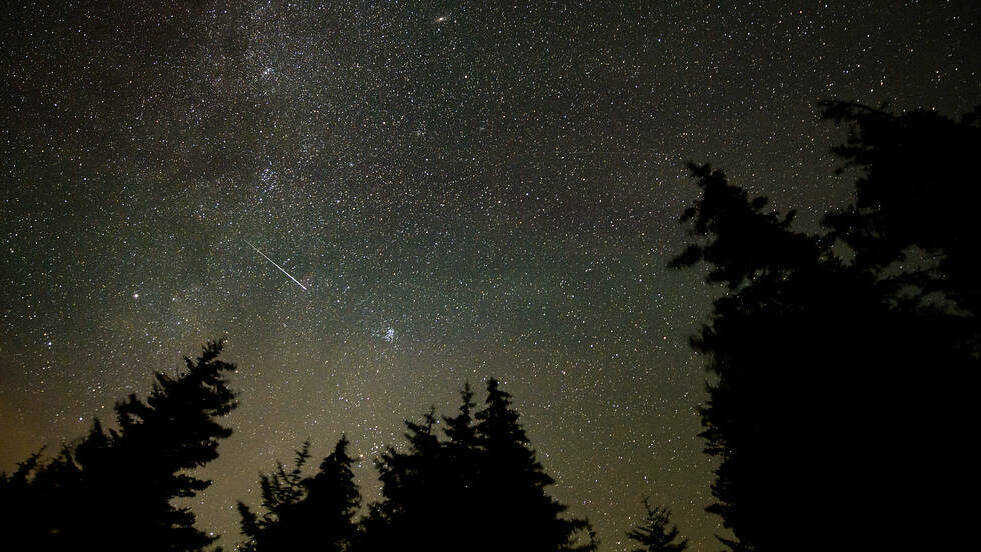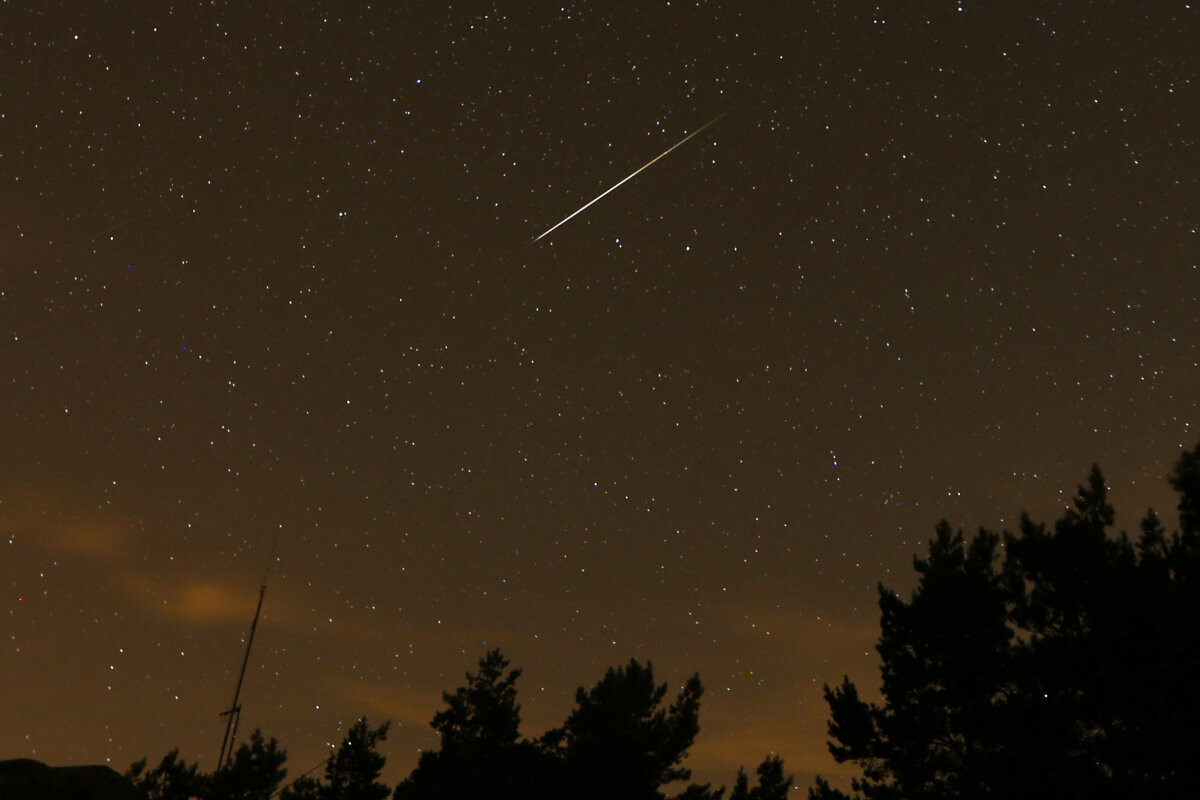A Cosmic Spectacle: The Perseid Meteor Shower Peaks This Weekend
Prepare to make a wish! The annual Perseid meteor shower, a celestial spectacle that graces the night sky each August, is set to peak this weekend, offering a breathtaking display of shooting stars for skywatchers across the globe.
Witnessing the Cosmic Dance
The Perseids, one of the most anticipated astronomical events of the year, occur when the Earth passes through a stream of debris left behind by the comet Swift-Tuttle. As these particles enter our atmosphere at speeds reaching 160,000 mph, they burn up, creating the mesmerizing streaks of light we know as shooting stars.
The Peak of the Show
This year, the Perseid meteor shower is expected to reach its peak on Sunday night into Monday morning, August 11-12. During this peak, skywatchers in the Northern Hemisphere can anticipate witnessing up to 100 shooting stars per hour, painting the night sky with celestial artistry.
Finding the Prime Viewing Spots
To maximize your chances of witnessing this celestial spectacle, experts recommend seeking out locations with minimal light pollution. National parks like California's Joshua Tree, known for their dark skies, are popular destinations for stargazers. However, be prepared for crowds, as these parks often see a surge in visitors during astronomical events. Alternatively, explore less-visited locations, such as state parks or dark-sky preserves, to avoid the throngs and enjoy the show in solitude.
Tips for Optimal Viewing
1. Embrace the Darkness
To fully appreciate the meteor shower, it's essential to allow your eyes to adjust to the darkness. This can take about 30 minutes, so arrive at your viewing location well before the peak.
2. Avoid Light Pollution
Minimize any light sources that could interfere with your night vision. This includes turning off your phone screen and avoiding using flashlights or other bright lights. Consider bringing a red-light flashlight, which is less disruptive to your eyes.
3. Look Up!
While the radiant point of the Perseids is in the constellation Perseus, which rises in the northeastern night sky, shooting stars can appear anywhere. So, relax, sprawl out on a blanket, and let your gaze wander across the expanse of the night sky. The Perseids are renowned for producing bright meteors that are visible even from moderately lit locations.
4. Embrace the Timing
The moon is expected to set around midnight local time on Sunday, making the hours after 1 am the optimal time for viewing. For a truly immersive experience, consider staying out until closer to 3 or 4 am, as meteor activity is often most intense in the pre-dawn hours.
A Celestial Symphony
The Perseids offer a unique opportunity to reconnect with the wonders of the universe. Whether you're a seasoned stargazer or a curious newcomer, take the time to marvel at this annual spectacle. The night sky awaits, ready to shower you with a dazzling display of shooting stars, reminding us of the vastness and beauty of the cosmos.


















